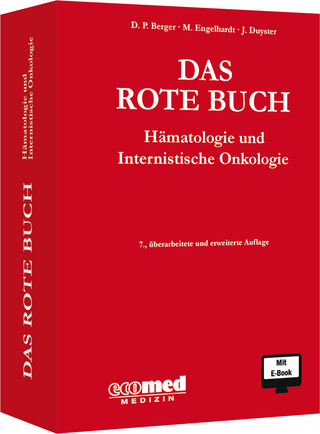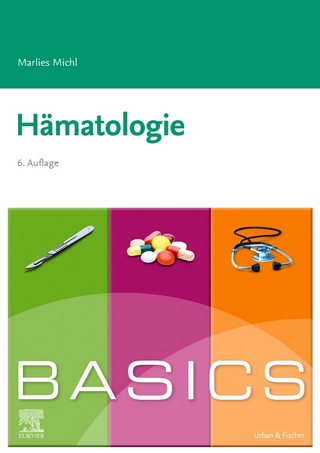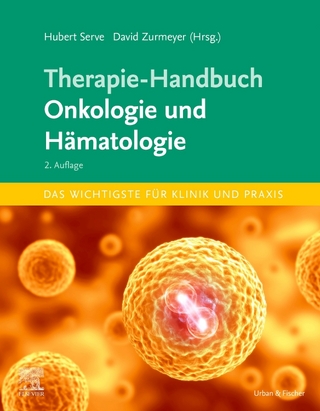Intricate processes involved in perpetuating the multitude of physiological phenomena in the human body often encounter aberrations and omissions in the genetic code of life. While such errors often lead to lethal diseases, at other times they provide distinctive survival advantages and thus unscramble cues to unconventional therapeutic strategies for life-threatening conditions. Hereditary Persistence of Fetal Hemoglobin (HPFH) is one such condition wherein the typically inactivated fetal form of hemoglobin (HbF) remains overexpressed even in adult stages of the bearer's life. Strikingly, this condition is known to ameliorate pathological manifestations in patients with aberrant adult hemoglobin synthesis (e.g. β-hemoglobinopathies like β-thalassemia, sickle cell disease etc.). Early researchers in the field expected such patients to suffer from clinical challenges owing to HbF's high affinity to oxygen and consequent difficulty in its release to cells and tissues. Surprisingly, these patients are known to lead a physiologically normal life. Modern-day hematologists and clinical researchers have looked-up to the concept of "HbF reactivation" as a potential curative strategy for patients suffering from β-hemoglobinopathies like β-thalassemia and sickle cell disease. As a result, several drugs like hydroxyurea, 5-azacytidine, cytosine arabinoside, natural products etc. have been tried in clinics to elevate HbF levels in such patients with limited success and poor understanding on the mechanisms of their action. Associated side-effects and complications of using cytotoxic agents like these restrict their use in most instances. Fortunately, with the advent of newer molecular tools and techniques, researchers are focusing their attention to reengineer the molecular machinery and thus reactivate the gamma-globin gene. This book brings together a selection of chapters dedicated to fetal hemoglobin -- its physiological role, regulation, methodologies to manipulate and future strategies. Researchers and scientists interested in the topic will have a comprehensive understanding of the current concepts on fetal hemoglobin modulation and therefore will serve as a launching pad for their research ideas.
Dedication; Preface; Acknowledgements; Hemoglobin: A Biochemical and Molecular Overview; Prenatal and Postnatal Hemoglobins: Formation and Gaseous Exchange; An Introduction to Fetal Hemoglobin and Its Characteristics; Regulation of the Gamma Globin Gene: Current Concepts and Perspectives; Role of Cell Signaling Pathways in Fetal Hemoglobin Regulation in Beta-Hemoglobinopathies; Molecular Tools for Editing Globin Genes; Genetic Modifiers of Fetal Hemoglobin and Their Role in Alleviating the Clinical Severity of Hemoglobinopathies; Therapeutic Induction of Fetal Hemoglobin Expression: Methods in Practice and Newer Modalities; Genetic Modifiers of β-Thalassemia and Their Therapeutic Implications; Clinical Management of β-thalassemia; Current Practices in the Management of Beta-Hemoglobinopathies; About the Editor; Index.



